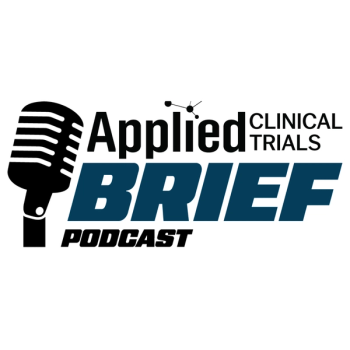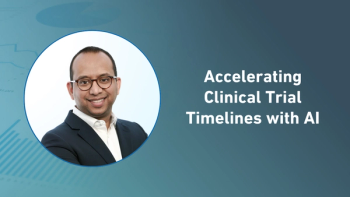
Broad Survival Benefit from MATTERHORN Trial Highlights New Approach to Biomarker Use
Gain insight into how the MATTERHORN trial’s results across PD-L1 subgroups could expand access to immunotherapy and reshape biomarker strategies in early gastric and GEJ cancer treatment.
In a recent video interview with Applied Clinical Trials, Nancy Ghattas, VP, US Oncology Commercial Franchise Head of Immuno-Oncology, AstraZeneca, discussed the significance of the Phase III MATTERHORN trial (NCT04592913)
The below interview transcript was lightly edited for clarity.
ACT: With nearly 70% of patients alive at three years and survival benefits observed regardless of PD-L1 status, how could this data influence future biomarker strategies or patient selection in this setting?
Ghattas: The MATTERHORN data have shown [their] potential to become the new standard of care for a broad population of patients, regardless of subgroups or PD-L1 status. This brings new hope to more patients—especially in the early setting—which is unlike what we typically see in later lines of gastric cancer treatment, where PD-L1 is a marker for therapy.
This is not the situation with MATTERHORN. We are seeing overall survival of what you mentioned—seven out of 10, or a 22% benefit—for a broad population. And this is exactly what you want to see when we’re introducing new therapies and new treatment paradigms for a broad population of patients.
Newsletter
Stay current in clinical research with Applied Clinical Trials, providing expert insights, regulatory updates, and practical strategies for successful clinical trial design and execution.






.png)



.png)



.png)
.png)
